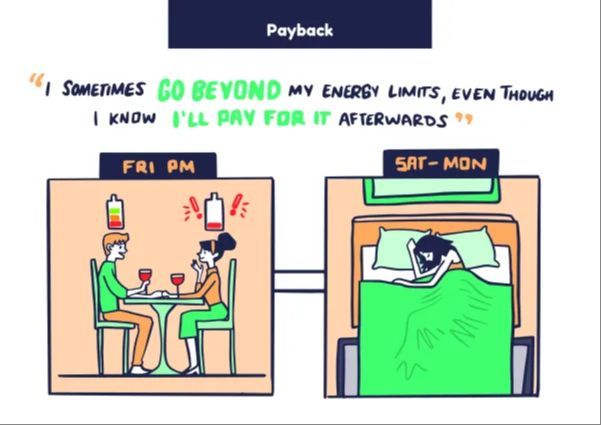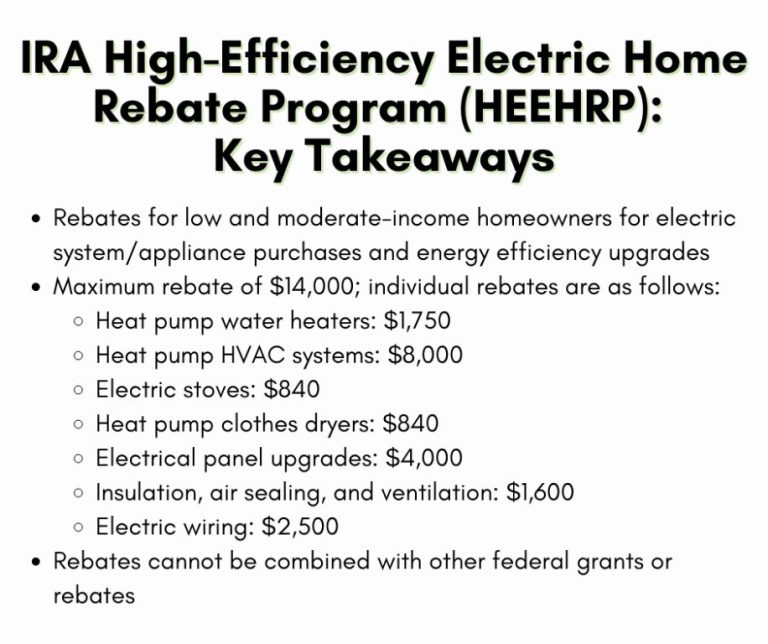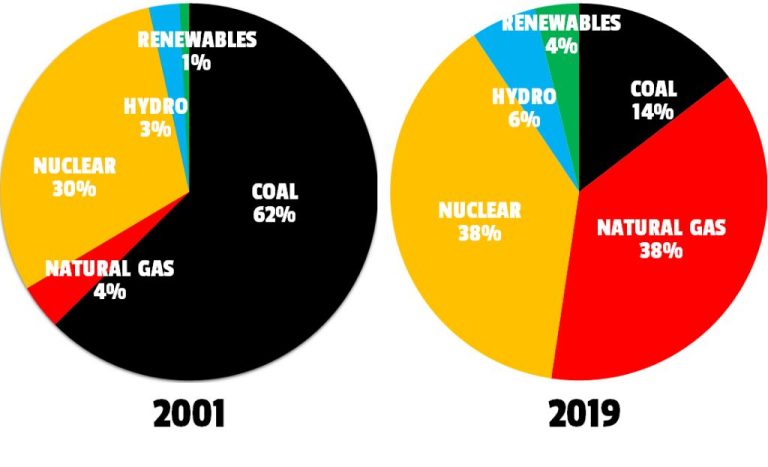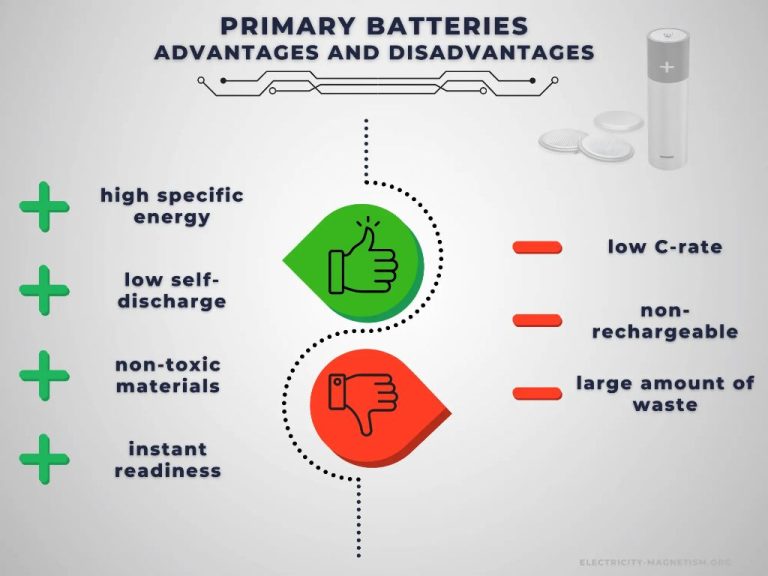What Is Energy Limit?
What is an energy limit?

An energy limit refers to the maximum amount of physical, cognitive, or other energy that a person can expend within a certain time period before experiencing fatigue or other negative effects (https://me-pedia.org/wiki/Energy_limit). It represents a budget or allowance of energy that must be carefully managed.
For example, a person with a chronic illness like myalgic encephalomyelitis/chronic fatigue syndrome (ME/CFS) may have a reduced daily energy limit. Activities like showering, cooking, or walking may require pulling from this finite energy reserve. If they expend all their energy before the day is over, they may experience post-exertional malaise – a worsening of symptoms after activity (https://me-pedia.org/wiki/Energy_limit).
An energy limit functions like a bank account. Depositing rest and relaxation builds up the balance, while exertion and stimulation make withdrawals. Staying within one’s energy limit maintains optimal health and functioning. Exceeding the limit leads to the unpleasant overdraft effects of crashing and flaring MES CFS symptoms (https://me-pedia.org/wiki/Energy_limit). People with limited energy budgets must pace themselves, prioritize activities, and plan rest periods to avoid overexertion.
Types of energy limits
There are several different types of energy limits that are commonly implemented:
Production-based limits
Production-based limits restrict how much energy can be produced by power plants and other energy producers. This type of limit caps the maximum amount of electricity, natural gas, or other energy that can be generated within a certain time period (Schudeleit, 2017).
Consumption-based limits
Consumption-based limits restrict how much energy end users can consume. These limits are often implemented through rationing or quotas on the amount of energy households and businesses can use (Shan et al., 2023). The goal is to reduce overall energy demand.
Emission-based limits
Emission-based limits restrict the amount of greenhouse gases or other pollutants that can be emitted from energy production and use. These caps aim to limit the environmental impact of fossil fuel energy (Schudeleit, 2017). Examples include carbon emission limits on power plants.
Reasons for energy limits
Energy limits are used for several key reasons related to managing energy supply and demand while reducing environmental impacts:
Manage energy supply – Energy resources like oil, gas, coal and renewable energy have limits in terms of what can be extracted, produced and distributed. Energy limits help manage the rate these resources are consumed to avoid shortages.
Control energy demand – As populations and economies grow, energy demand tends to rise exponentially. Limits help control energy demand to stay within sustainable levels that don’t exceed available supply. This avoids energy crises.
Reduce environmental impact – Extracting and burning fossil fuels causes significant pollution and greenhouse gas emissions contributing to climate change. Energy limits curb fossil fuel usage to reduce these environmental impacts.
According to the UN, legally set energy limits could lead to less natural resource usage globally, increasing low impact products and services (source). Overall, limits aim to create an energy system that sustains long-term needs rather than short-term growth.
Benefits of energy limits
There are several benefits to implementing energy limits, both for individuals and society as a whole. Some key benefits include:
More efficient energy use – Energy limits encourage more thoughtful energy consumption and elimination of waste. Simple behavioral changes like turning off lights and lowering thermostats can significantly reduce energy usage without sacrificing comfort or convenience (Understanding Energy Conservation and Its Many Benefits).
Lower energy costs – Reduced energy demand directly translates into lower utility bills for households and businesses. Investing in energy efficient appliances and building materials also saves money over time (WHY ENERGY USE LIMITATION SHOULD GO HAND IN HAND WITH HUMAN DEVELOPMENT).
Reduced emissions – Limiting fossil fuel energy use reduces associated greenhouse gas emissions. This fights climate change and improves public health by lowering air pollution (Multiple Benefits of Energy Efficiency).
Greater energy security – Decreased energy demand lessens reliance on imported fuels and vulnerability to global price shocks. Efficiency and conservation limit requirements for building new power plants and infrastructure (Multiple Benefits of Energy Efficiency).
Criticisms of energy limits
Energy limits have faced criticism from some groups, who argue they can have negative economic and social impacts. Some of the major criticisms include:
Limits economic growth – Opponents contend that restricting energy usage will slow economic growth by increasing business costs and reducing productivity (The Limits to Green Energy, 2022). This could potentially impact job creation and wages.
Unfairly impacts lower-income groups – Energy limits may disproportionately hurt lower-income families who spend a larger share of income on energy bills. Mandates to improve efficiency or switch technologies can increase upfront costs, which could be challenging for some households (The Limits of Clean Energy, 2019).
Difficult to enforce – Critics argue that energy limits can be complex to implement and enforce, especially on a large scale. This includes standards for building efficiency, appliance and vehicle fuel economy, and industrial processes (Limitations of Energy Efficiency Standards). Lack of compliance can undermine goals.
Examples of energy limits
Some common examples of imposed energy limits include building energy codes, fuel efficiency standards, and renewable energy mandates.
Building energy codes set legal limits on the amount of energy that residential and commercial buildings can consume. For example, ASHRAE Standard 90.1 provides minimum requirements for energy efficiency in buildings in the United States (1). By mandating better insulation, lighting, HVAC systems, and other energy-saving features in new construction and renovations, building codes aim to reduce energy consumption and emissions from the building sector.
Fuel efficiency standards, such as Corporate Average Fuel Economy (CAFE) standards in the U.S., impose fleetwide average fuel economy targets for manufacturers of vehicles and trucks (2). By requiring vehicles to meet minimum miles-per-gallon or gallons-per-mile limits, these regulations aim to reduce fuel consumption and promote vehicle technologies that improve efficiency.
Many governments also establish renewable energy mandates or portfolio standards, which require utilities to source a minimum portion of their electricity from renewable sources like wind, solar, hydropower, and geothermal. Thirty U.S. states currently have renewable portfolio standards ranging from 10-100% of electricity sales (3). These policies limit fossil fuel energy use and accelerate the transition to cleaner energy sources.
(1) https://www.ashrae.org/technical-resources/standards-and-guidelines/read-only-versions-of-ashrae-standards
(2) https://www.nhtsa.gov/laws-regulations/corporate-average-fuel-economy
(3) https://www.dsireusa.org/resources/detailed-summary-maps/
Energy Limit Strategies
As energy consumption continues to rise, various strategies have emerged to impose limits and curb demand. Some of the main approaches include:
Caps and Quotas
Governments can impose absolute caps on emissions or energy use. For example, the Kyoto Protocol set binding emission reduction targets for developed countries. Caps provide certainty about the quantity of emissions but not about costs.Loop Quantum Gravity
Taxes and Fees
Applying taxes or fees to energy consumption makes it more expensive, reducing demand. Carbon taxes put a price on greenhouse gas emissions, while fuel taxes raise the cost of gasoline and heating fuels. Taxes provide certainty about costs but not quantities.Loop Quantum Gravity
Trading and Offsets
With cap-and-trade systems, a central authority sets an emissions cap and distributes tradable allowances. Organizations can buy/sell allowances to meet their caps at least cost. Offsets enable companies to fund emissions-reduction projects elsewhere to compensate for their own emissions.Loop Quantum Gravity
Overcoming energy limit challenges
While energy limits present obstacles, they can be overcome through technological innovation, public education, and flexible implementation. Developments in energy storage, such as improved batteries and pumped hydro storage, can help address the intermittency challenges of renewable sources like solar and wind. Microgrids and two-way power flows enabled by smart grids also provide more flexibility.
Public education around energy limits and the benefits of renewables is key. Campaigns informing the public about the environmental and long-term economic advantages of renewables compared to fossil fuels can build crucial support. Training programs for workers to transition from fossil fuel jobs into the renewable sector also smooth the shift.
Policymakers must remain open to modifying renewable energy targets and incentives as technology and adoption rates evolve. For example, feed-in tariffs that provide guaranteed pricing for renewables can be adjusted based on market conditions. Continued funding for R&D into next-generation renewable technologies will further aid the transition.
The future of energy limits
Many experts predict that energy limits will become stricter in the future, especially at the national level. According to Nate Hagens on the Future of Energy, Limits To Growth, Fossil Fuel… , the United States may soon implement stronger national energy consumption limits to combat climate change and conserve finite resources. Hagens argues that these federal limits could restrict total energy use and mandate reductions for heavy energy consumers.
In addition to nationwide limits, local and regional energy limits may proliferate as well. As explained in Conservative Idaho: Poised to Resist Sprawl?, some municipalities and states are already exploring tighter energy caps to curb urban sprawl and excessive development. These hyper-local energy limits aim to rein in wasteful energy practices by region.
Experts also predict a growing emphasis on carbon emission limits in particular. Instead of blanket energy restrictions, future policies may zero in on carbon as the key limited resource. According to climate scientists, putting a firm cap on carbon emissions could provide the reductions needed to prevent extreme global warming. While controversial, carbon limits represent an increasingly mainstream strategy for addressing both climate change and dwindling energy supplies.
Conclusions
In summary, energy limits refer to restrictions on energy consumption or production intended to promote sustainability, conservation, equity, or other goals. Implementing energy limits involves complex tradeoffs and can generate controversy, but also offers potential benefits. Effective energy limit policies require balancing factors like environmental protection, energy access and affordability, economic growth, and more.
There are reasonable arguments on multiple sides of this complex issue. Going forward, inclusive dialog and flexibility will be key. With emerging technologies and responsible governance, it may be possible to transition toward an energy system that meets growing needs while respecting planetary boundaries.
In the end, sustainable progress will depend on our collective willingness to balance priorities and make compromises. If we can rise above partisan differences to pursue balanced policies, energy limits could play a constructive role in building a more just and resilient future.






